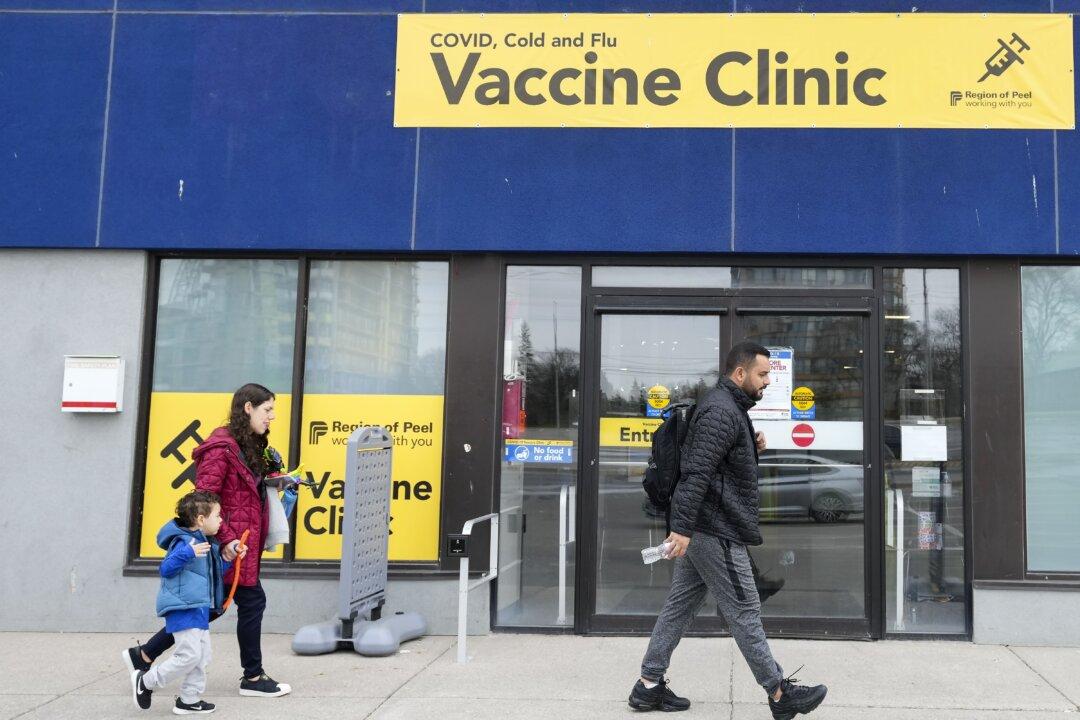The Pfizer and Moderna COVID-19 vaccines were associated with an excess risk of serious adverse events of special interest in about one in every 565 people, a U.S. doctor testified at the National Citizen’s Inquiry (NCI).
“That is quite a high number of serious adverse effects from a vaccine. We typically have withdrawn vaccines for one in 10,000,” said Dr. Joseph Fraiman, an emergency physician based in Louisiana who was the lead author of a peer-reviewed study that re-examined the original Pfizer and Moderna clinical trials for the COVID-19 vaccines.





